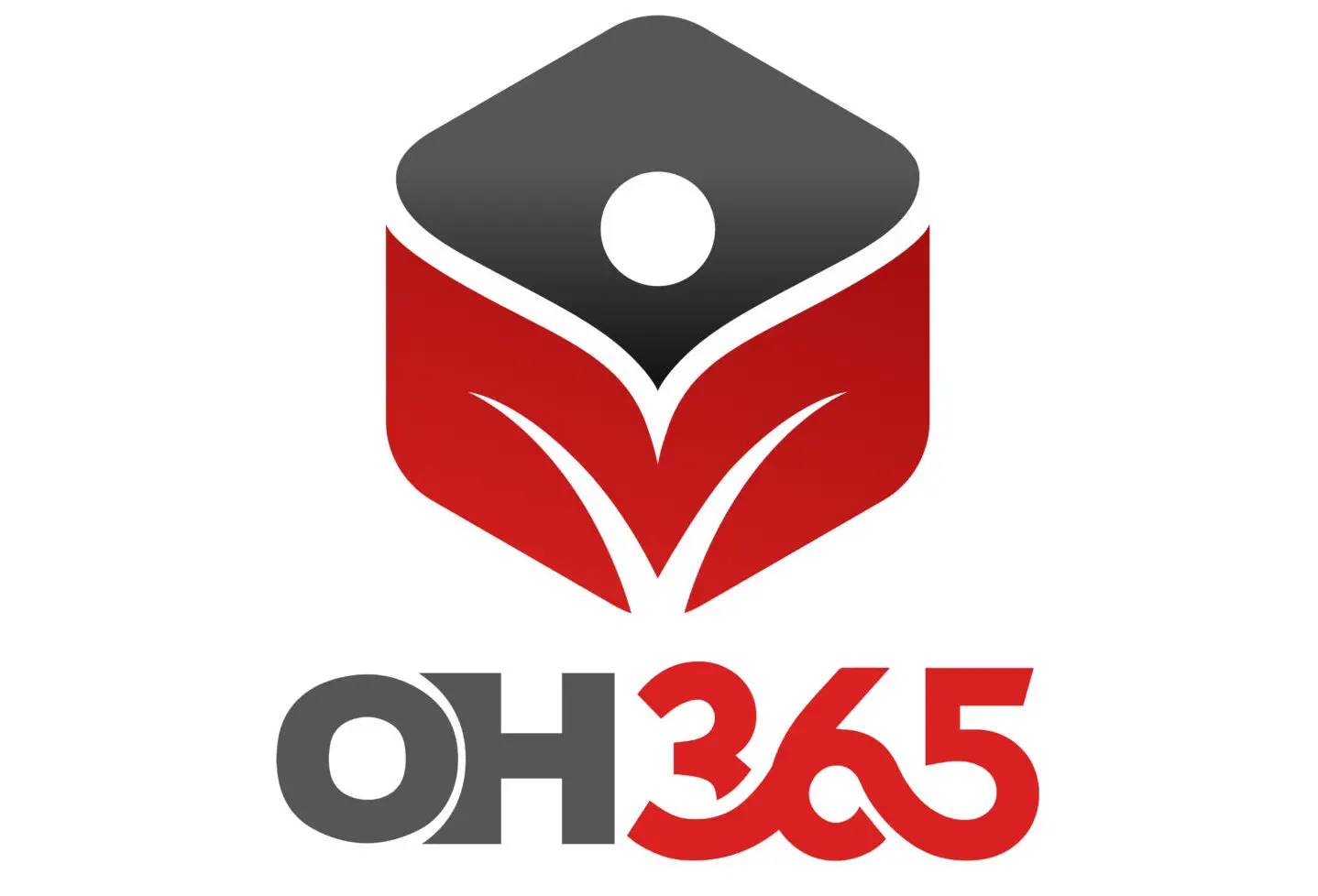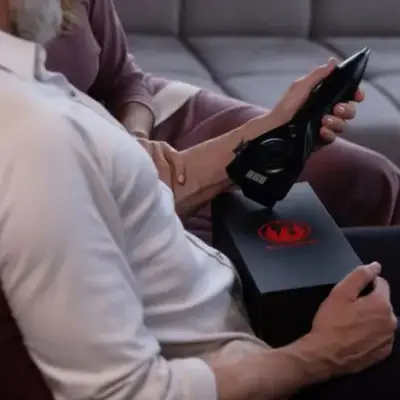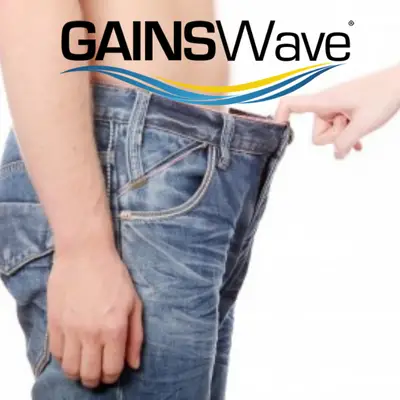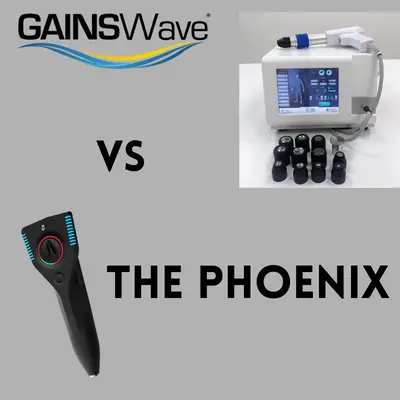Deep tissue massages are the kind of massages that hurt so good. The therapists who administer them know their business, as well as how to get deep into the muscle fibers, relieving tension, pain, and expediting the healing process.
Have lower back pain? This is what massage guns are designed for, the mechanized version of an overly enthusiastic massage therapist. Not only do massage guns replicate the deep tissue massage that a therapist provides, but they also relieve pain in troubling areas, especially the lower back.
While they aren’t the end all be all of back pain relievers, especially if you are dealing with chronic, lower back pain, they can do a lot to speed up the healing process. As far as chronic back pain is concerned, massage guns make for an excellent companion device for relieving daily back pain.
How Do Massage Guns Work?
Massage guns are not painkillers. They don’t arrive with medicated relief that passes through the skin like osmosis. However, they are capable of relieving pain in several ways.
- Forcing blood to the area
- Reduce inflammation
- Push oxygen to the tissues
- Reduce stress
- Relieve tension in the muscles
- Gate Control Theory
Forcing blood to the tissues also forces oxygen to the area, both of which are needed in an injured muscle. Elevated blood and oxygen enable the body to pull waste material away from the damaged muscle, sending it to the kidneys for adequate disposal.
Do Massage Guns Help with Muscle Knots? Click my article here.
When waste is efficiently removed, it allows the muscle to recover much faster and the healing process promotes better and stronger muscle tissue. An increased blood supply also reduces inflammation, which is necessary for healing as well.
Relieving tension in the muscles is more about relieving your frame of mind which, conveniently enough, also reduces inflammation. It does involve a bit of mind over matter but a massage gun can help to alleviate much of the tension that is automatic when a tissue is injured.
One thing a good massage is almost always good for is reducing stress. Stress is responsible for far more damage in the human body than a strained lower back. Heightened levels of stress are associated with so many degenerative effects on the body that it’s difficult to list them all.
Stress also reduces the body’s ability to heal, so the more stress you have, the more difficult it will be for your lower back to get the level of healing that you need.
Gate Control Theory is a unique side effect that is often promoted through the use of a massage gun. Gate Control Theory is almost a psychosomatic explanation as to how we deal with pain.
For instance, you hit your shin on the coffee table. The first thing that you do is reach down and grab the area as the pain shoots up your leg. For some reason, grabbing the spot seems to take the edge off of the pain, even though there is no physiological reason that it should work.
Massage guns can provide that level of comfort. At least that is, according to Gate Control Theory. To learn more about the pros and cons of massage guns check out my article here.
How to Use a Massage Gun for Lower Back Pain
Depending on how well you can reach your lower back, you may need someone to actually use the massage gun for you. It’s a whole lot better than paying for a single session at a rate of $80 to $100.
You’ll also need to pick out the right tip/head for the job at hand. Massage guns essentially do what a massage therapist would do, just a lot more efficiently. A Massage gun is a percussive instrument that impacts your muscle tissues at extraordinary speed.
The multiple head types can either spread the impacts out over a larger surface or dig deeply into the muscle tissues at a rapid pace.
- Turn on the massage gun before you place the tip neat your skin
- Set it on the right speed/percussion intensity
- Go easy at first, resting the tip on your back
- Dig in as much as you’re comfortable going with
- Slowly revolve around an inch or two of your back
- When you hot a sore spot, stick with that spot for up to five minutes
- Move on to the next spot and repeat
The key to getting a good, deep tissue massage out of the massage gun is to not move too quickly. Take your time and be patient. When you hit the first sore spot, stick to it for a little while and give the gun time to truly knead the muscle.
You only need a few minutes on the sore spots and it’s important not to work the muscle for longer than five minutes before moving on. There’s a difference between working towards healing and potentially doing more damage by overdoing it.
Another important tip is to stay away from the bone. You don’t want to hit your spine with it, or your hip. You’re not going to break your spine or anything but it can seriously hurt when you impact the bone directly.
If it’s too intense the first go around, lower the settings to a lower intensity level. Most massage guns have multiple settings that will help you reach the right level for what you need at the time. As the muscle heals, you can raise or lower the settings at your discretion, sticking with what works for you.
Also, consider changing the tips as well. If you don’t feel like you are truly getting enough penetration into the area, try a wedge tip. Just be careful not to dig too deep and you definitely don’t want to hit one of the knobs on your spine’s vertebrae with a wedge tip.
Bottom Line
Massage guns are known for providing pain relief to hurt muscles, especially as you navigate your way through rehabilitation. There are a good number of them on the market, with a large variety of features, tips/heads, and speeds for you to take advantage of.
Massage guns shouldn’t be the lone method in which you attempt to alleviate the pain. Proper rehab, following your doctor’s advice, hot baths, and compresses are all part of the process as well.
References
Physical and Sports Therapy
Retrieved from: https://www.urmc.rochester.edu/MediaLibraries/URMCMedia/noyes/migrated-media/PT-Blog-April_1.pdf





2 responses to “Does a Massage Gun Help Lower Back Pain?”
[…] circulation is reduced, causing significant muscular weakness, poor energy, and discomfort. Massage guns’ vibration treatment action is what relieves pain and muscular […]
[…] – If you do want to use your massage gun fork head lower on your back, we recommend the sacrum, away from the spine, where lactic acid buildup often […]